So you couldn’t get a reservation at the famous Ginzan Onsen this winter. That probably makes most of us. What makes Ginzan Onsen so popular, especially in the winter, is the magnificent sight of snowfall across the ryokan (traditional Japanese inns) that span both sides of the river, and the bright red bridges reminiscent of Studio Ghibli’s Spirited Away.
Thankfully, Japan has plenty of hot spring towns to choose from that are also very charming, many of which won’t be as packed as Ginzan. From retro towns to snowy wonderlands, explore less-crowded alternatives to Ginzan Onsen.
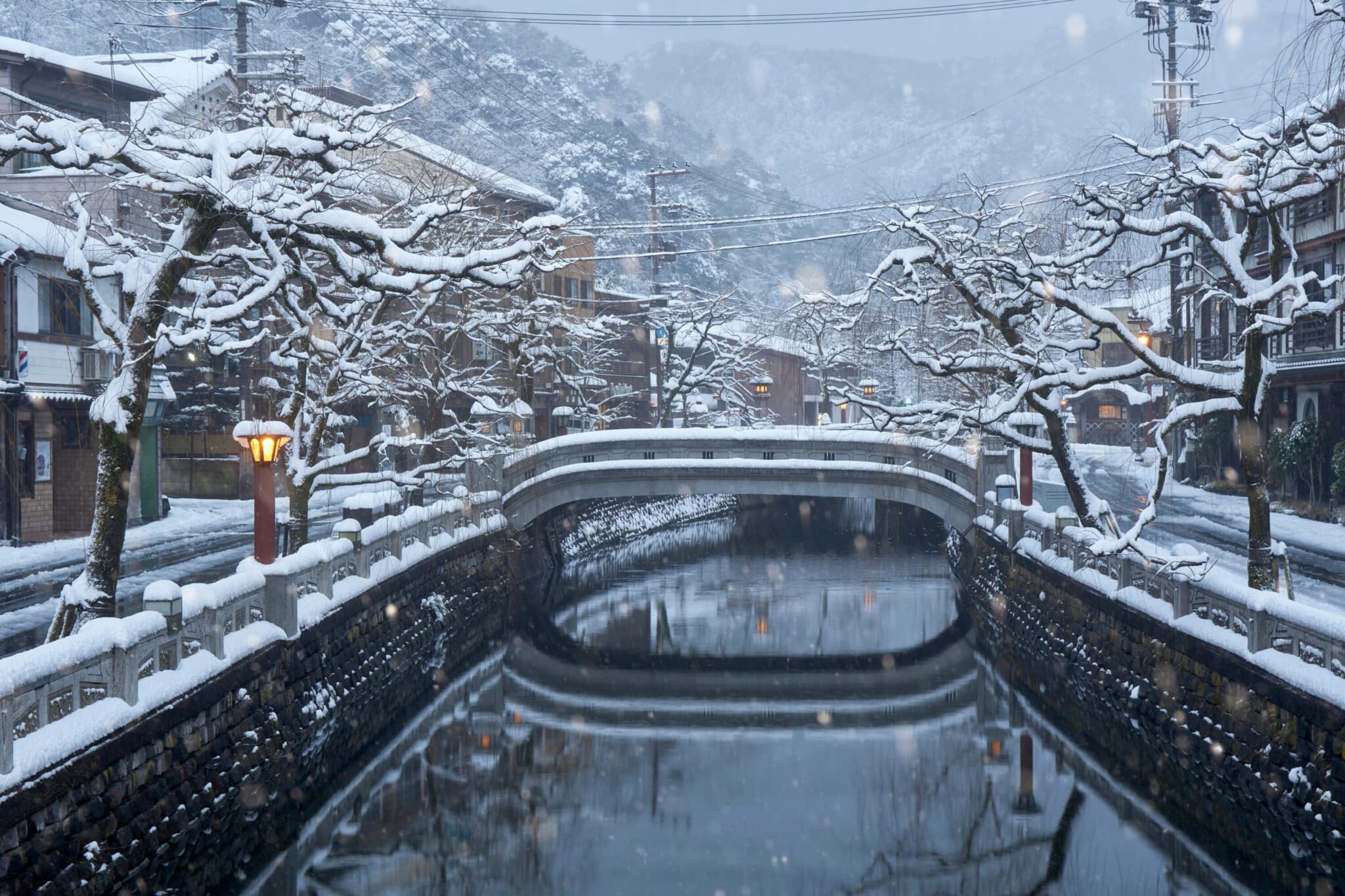
Kinosaki Onsen: A Retro River Town
Kinosaki Onsen, located in Hyogo Prefecture, is a retro river town with an “onsen hopping” culture. It is home to seven tattoo-friendly public bathhouses, each with its own distinct atmosphere and character. The bathhouses are located along a serene canal, with quaint bridges and traditional ryokan inns to stroll along. The town looks amazing when the river and traditional houses are covered in snow. The street lanterns also cast a magical glow.
Visitors can purchase a pass that allows them access to all the bathhouses, giving them the opportunity to soak in different types of water throughout the day. Among the most popular is Gosho no Yu, known for its spectacular wooden architecture designed after Kyoto’s Imperial Palace.
How To Get to Kinosaki Onsen
To get to Kinosaki Onsen, take the JR limited express from Kyoto, Osaka, Sannomiya and Himeji to Kinosaki Onsen Station. If you’re already exploring the Kansai area, Kinosaki is a fantastic stop to add to your itinerary.
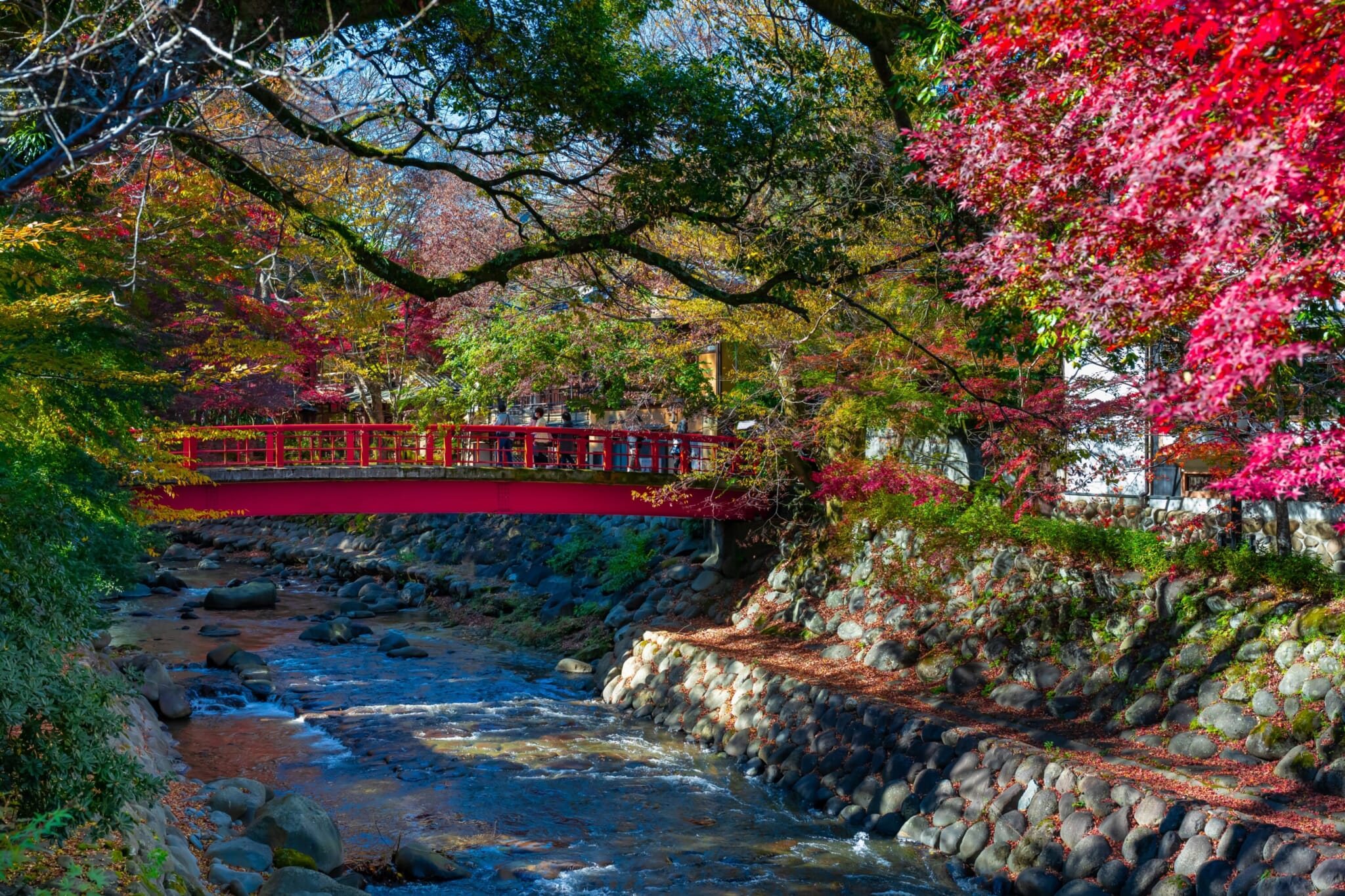
Shuzenji Onsen: Spiritual Springs
Located in the heart of the Izu Peninsula, Shuzenji Onsen has fascinating ties to the region’s religious history. The town itself is named after its central Shuzenji Temple, and is long associated with the famed Japanese monk Kukai (posthumously known as Kobo Daishi), who founded the temple 1,200 years ago. The town has maintained its traditional charm with beautiful ryokan, many of which have their own private onsen.
Sometimes referred to as the “Little Kyoto” of Izu, Shuzenji Onsen also has beautiful riverside paths with iconic red bridges worth exploring. The picturesque setting also makes it an ideal destination for a peaceful retreat, far removed from the hustle and bustle of city life. Because of its proximity to Tokyo, Shuzenji makes for a great day trip.
How To Get to Shuzenji Onsen
Shuzenji Onsen can be easily reached by taking the Shinkansen from Tokyo to Mishima Station, followed by a 30-minute train ride to Shuzenji. Alternatively, from Izu-Atagawa Station, it’s a short train ride to Shuzenji, offering great scenic views along the way.

Shibu Onsen: Feeling History Through Architecture
Shibu Onsen in Nagano Prefecture is a historic onsen town close to the popular ski resort of Shiga Kogen. What sets Shibu Onsen apart is its historical ryokan and nine public baths, some of which have been in operation for hundreds of years. The area feels like a page straight out of a history book, with narrow streets, traditional ryokan and wooden bathhouses.
Taking a dip into each of the nine baths is said to bring good luck, but all except for Oyu — the ninth and largest of the bathhouses — are only open to overnight guests. Shibu Onsen is near the Jigokudani Monkey Park, where wild monkeys also enjoy the thermal springs.
How To Get to Shibu Onsen
To reach Shibu Onsen, visitors can take a train from Nagano Station to Yudanaka Station. From there, a quick bus ride or taxi will take you to Shibu Onsen.

Gero Onsen: One of Japan’s Big Three Springs
Located in Gifu Prefecture between Nagoya and Takayama, Gero Onsen is one of Japan’s top three onsen towns. Renowned for its high-quality water and excellent hot spring resorts, Gero Onsen is a popular destination for visitors looking to experience a traditional onsen culture in a vibrant setting.
Gero Onsen has a central river running through it, with dozens of ryokan and public baths. Most visitors choose to stay at one of these ryokan for the full hot spring experience, but purchasing a yumeguri tegata gives you access to three participating springs. While strolling through the scenic town, guests can dip their feet into the numerous footbaths.
How To Get to Gero Onsen
To access Gero Onsen, you can take the JR Hida Limited Express from Nagoya Station, which takes about 90 minutes, or by limited express from Takayama, for a trip short of one hour. There are also buses leaving from Nagoya and Takayama.
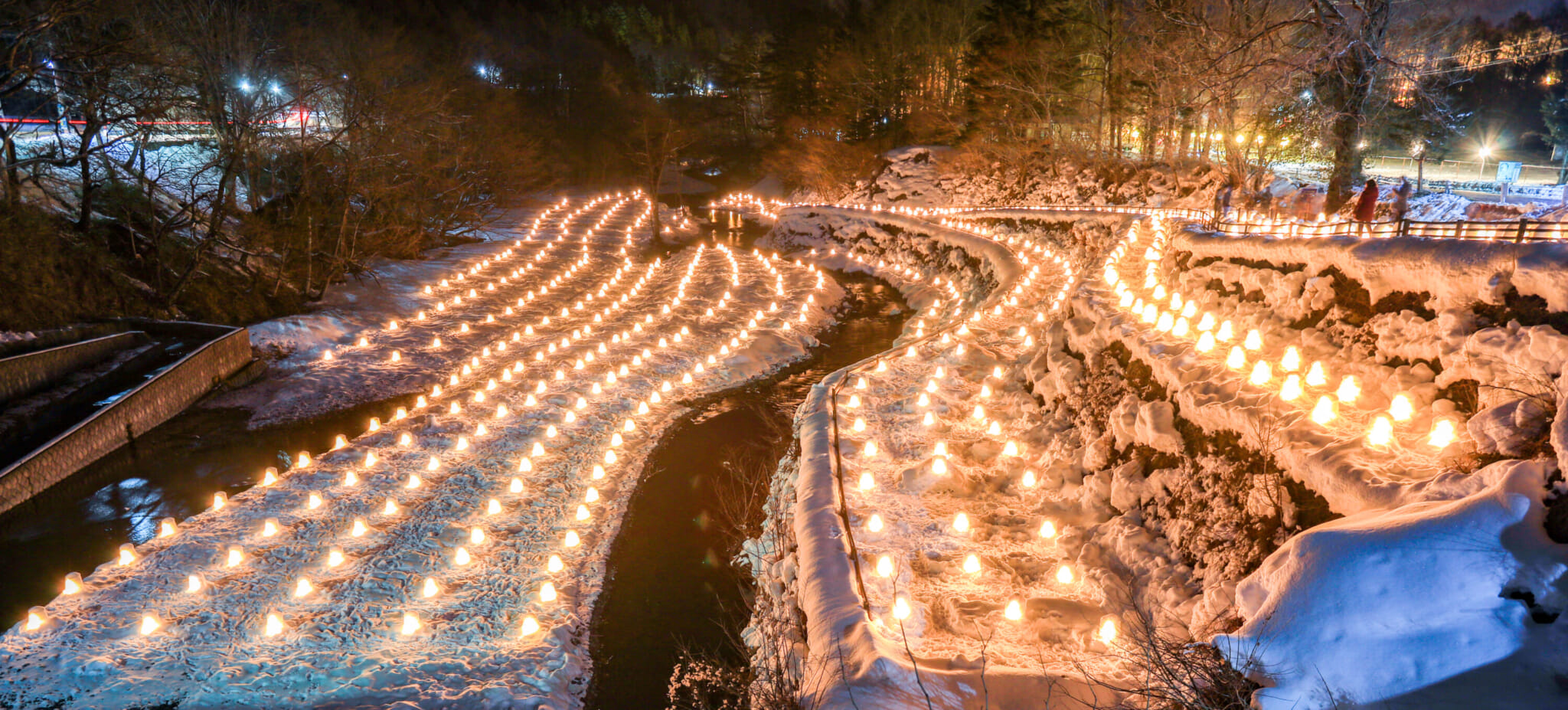
Yunishigawa Onsen: A Festival of Light
Yunishigawa Onsen, located in Tochigi Prefecture, is a small, relatively remote hot spring town famous for its kamakura (snow hut) festival held around February. Thousands of colorful lights illuminate Yunishigawa, casting the town in a magical glow. The onsen here are also known for their secluded and serene nature, often surrounded by snow-covered mountains.
Getting a fair amount of snowfall each year, Yunishigawa Onsen integrates the onsen experience with the town’s winter festivities. In addition to the hot springs, visitors can enjoy traditional ryokan and Heike no Sato, an open-air museum that gives a glimpse into the livelihood of the villagers that used to inhabit the area.
How To Get to Yunishigawa Onsen
To get to Yunishigawa Onsen, you can either take a bus or a train departing from Kinugawa Onsen Station. Yunishigawa Onsen Station is located inside a tunnel. There is even a public bath in the station complex itself.

Shima Onsen: A Quaint, Mountainous Getaway
Most people think of Kusatsu when thinking of hot springs in Gunma Prefecture, but the quaint onsen town of Shima in the northwestern mountains of Gunma is well worth a mention. Its appeal lies in the lush forests, rivers and mountain views surrounding the area, as well as ample springs with 40 separate water sources across the small town. Several historic ryokan, public baths, footbaths and an iconic red bridge stretch across the Shima River valley, but the area has maintained a small-town feel.
Shima Onsen, famous for its sulfuric water, is known as the “illness-curing hot spring of Shima” for its therapeutic properties. The healing springs and historic buildings tucked away in the mountains make for a majestic and soothing getaway.
How To Get to Shima Onsen
Shima Onsen can be reached from Nakanojo Station via bus. To get to Nakanojo Station from Tokyo, you can either take a train or the Shinkansen. There are also highway buses from Tokyo to Shima Onsen. Taking a car may be a good option as well.
Tips for Planning Your Winter Onsen Getaway
When planning a winter onsen getaway, it’s essential to consider a few factors to ensure a smooth and enjoyable trip. First, make sure to check the weather forecast; onsen towns can be particularly beautiful in the snow, but may be less accessible due to the conditions. If you plan to visit more remote onsen towns like Yunishigawa, ensure that transport is reliable and accessible.
Additionally, many onsen towns offer seasonal events, such as festivals or special winter illuminations. Be sure to check local event calendars and book your accommodation early, as winter is a popular time for onsen trips.
Finally, while soaking in the healing waters of the hot springs, remember to respect local onsen etiquette. Wash your body thoroughly before entering the bath and avoid chatting loudly.
Enjoy your winter onsen getaway, and soak in Japan’s relaxing and rejuvenating hot spring culture.

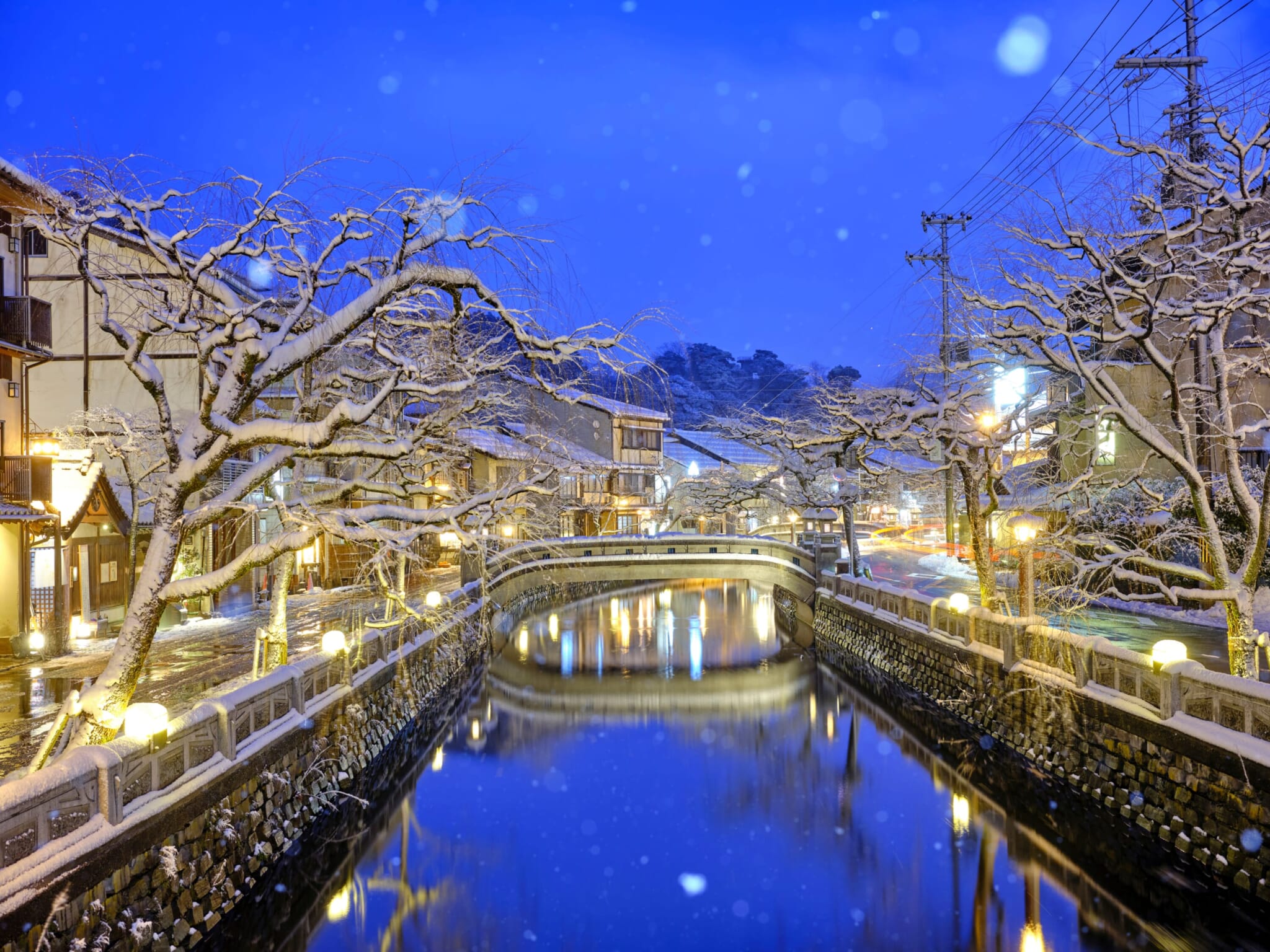


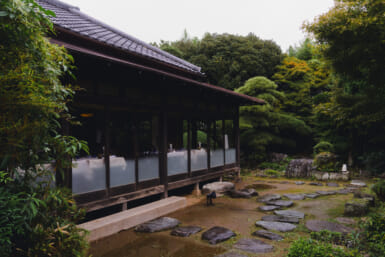
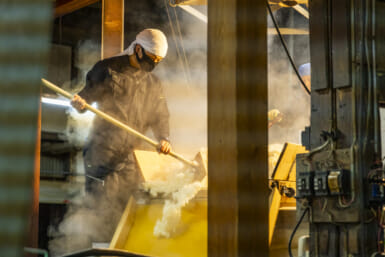
_KRAACH-クリスタルバスソルト-385x257.jpg)


